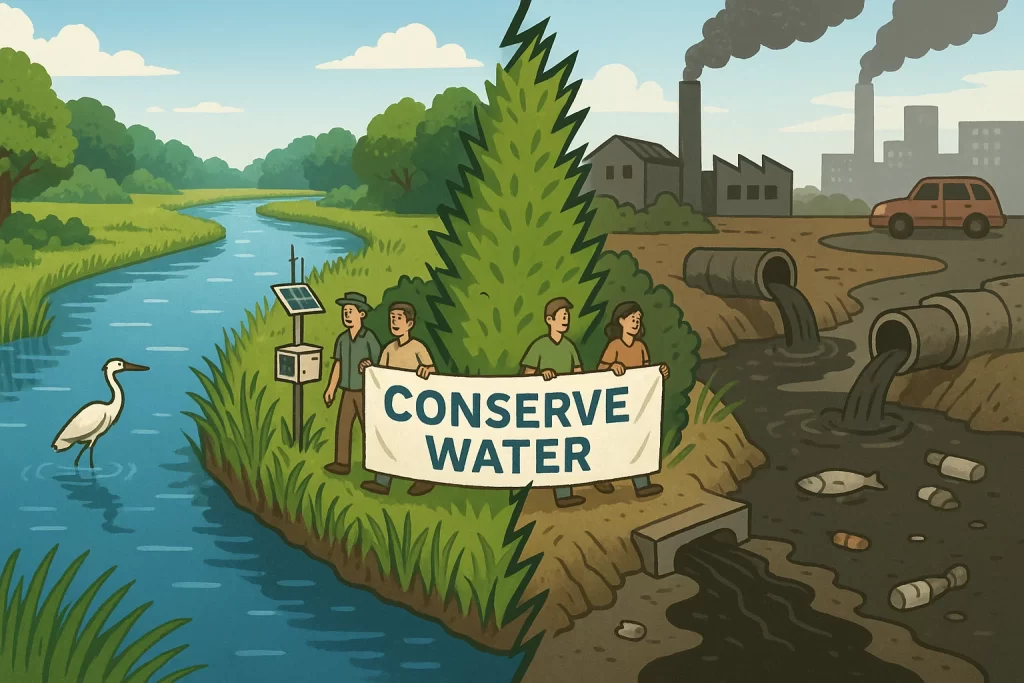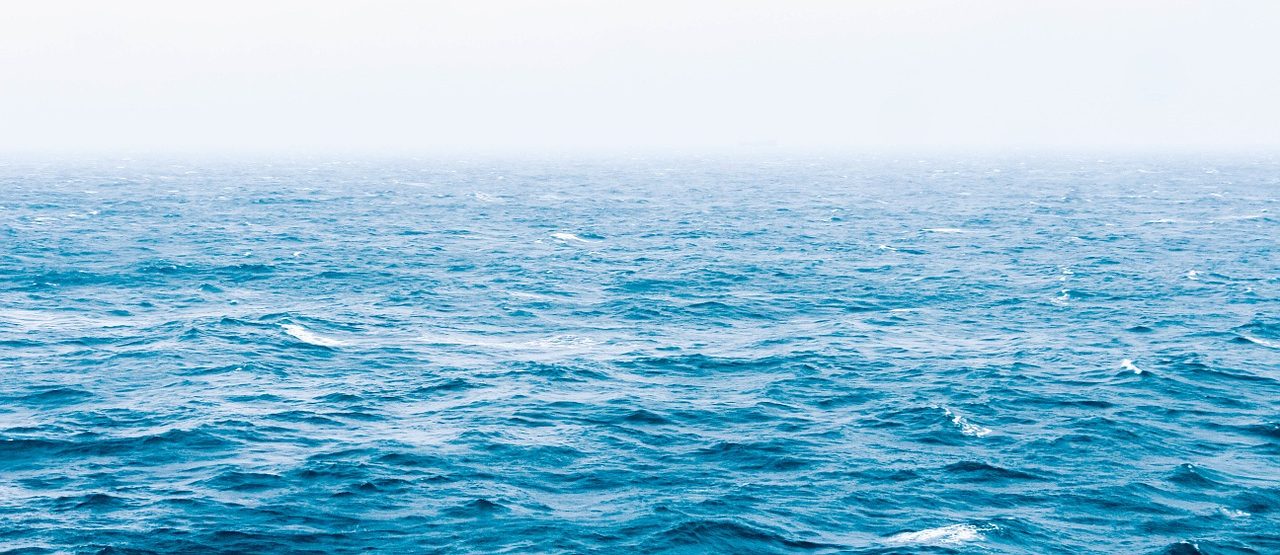Our planet’s waterways face unprecedented threats from pollution, climate change, and habitat destruction, challenges requiring coordinated preservation efforts. Like an outdoor RV defense system protecting valuable assets from environmental damage, water conservation initiatives create essential barriers against contamination and degradation.
Outdoor RV Defense System for Water Preservation
Effective water preservation requires multilayered approaches addressing diverse challenges. Vegetated zones along waterways provide crucial natural filtration that intercepts pollutants before they reach water bodies.
These buffer areas capture agricultural runoff, stabilize banks against erosion, and create essential wildlife habitat. Communities successfully implementing buffer restoration report significant improvements in water clarity, reduced sedimentation, and increased biodiversity within relatively short timeframes.
Stormwater Management Innovation

Urban development dramatically alters natural water flows, accelerating pollutant transport into waterways during rainfall events. Progressive communities now implement permeable pavement, rain gardens, and bioswales that mimic natural hydrology by allowing water to infiltrate rather than rushing into storm drains.
These systems reduce flooding while capturing contaminants that would otherwise degrade downstream ecosystems.
Monitoring Technology Advancements
Conservation success depends on accurate, timely data collection that identifies emerging threats before irreversible damage occurs. Volunteer monitoring networks equipped with increasingly affordable testing equipment now supplement professional assessments, creating comprehensive coverage impossible through official channels alone.
These citizen science initiatives simultaneously generate valuable data and build community investment in preservation outcomes.
Community Stewardship Programs
Perhaps most crucially, sustainable water protection requires ongoing community engagement beyond governmental regulation. Successful programs transform residents from passive beneficiaries to active watershed stewards through any of the different channels:
- Educational initiatives
- Cleanup events
- Public recognition of conservation achievements
This cultural shift toward water consciousness creates durable protection that withstands funding fluctuations affecting official preservation efforts.
Policy Integration and Long-Term Planning
Protecting waterways through outdoor RV defense-style strategies also demands thoughtful policy integration and forward-looking governance. Municipalities that embed water conservation into zoning laws, agricultural subsidies, and infrastructure investment plans are more resilient against environmental stressors.
Long-term watershed management plans, backed by cross-agency coordination and public transparency, ensure continuity across election cycles and budget shifts. By institutionalizing water protection into everyday policy, communities create a stable framework that supports sustained ecological health and resource security for future generations.

